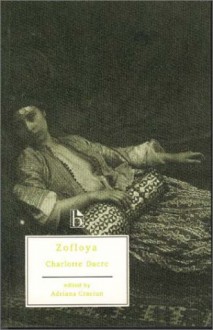The protagonist of Charlotte Dacre's best known novel, Zofloya, or the Moor (1806) is unique in women's Gothic and Romantic literature, and has more in common with the heroines of Sade or M.G. Lewis than with those of Ann Radcliffe, Charlotte Smith or Jane Austen. No heroine of Radcliffe or...
show more
The protagonist of Charlotte Dacre's best known novel, Zofloya, or the Moor (1806) is unique in women's Gothic and Romantic literature, and has more in common with the heroines of Sade or M.G. Lewis than with those of Ann Radcliffe, Charlotte Smith or Jane Austen. No heroine of Radcliffe or Austen could exult, as Victoria does in this novel, that "there is certainly a pleasure...in the infliction of prolonged torment." The sexual desires and ambition of Dacre's protagonist, Victoria, drive her to seduce, torture and murder. Victoria is inspired to greater criminal and illicit acts by a seductive Lucifer, disguised as a Moor, before she too is plunged into an abyss by her demon lover. The text's unusual evocations of the female body and feminine subject are of particular interest in the context of the history of sexuality and of the body; after embarking on a series of violent crimes, Victoria's body actually begins to grow stronger and decidedly more masculine. Among the documents included as appendices to this volume are a selection of Dacre's poetry and excerpts from Bienville's Nymphomania, a medical treatise of the time aimed at a lay audience that focuses largely on the dangerous powers of women's imagination; inspired by improper novels, it is alleged that women may plunge into madness, violence and death—much as does the protagonist of Zofloya herself.
show less






 15 years ago
15 years ago